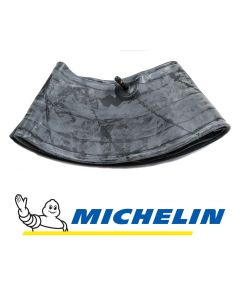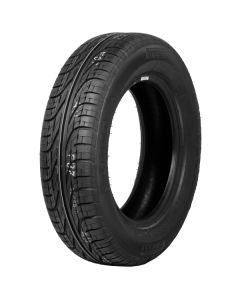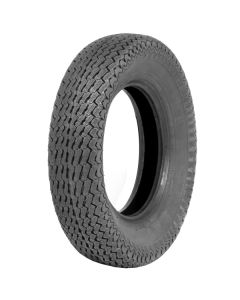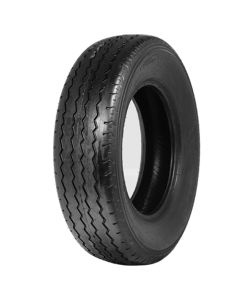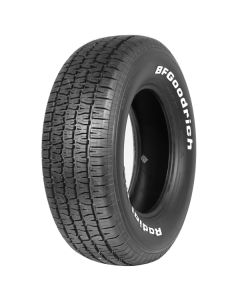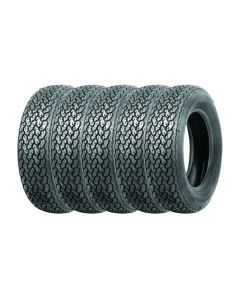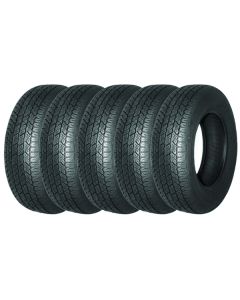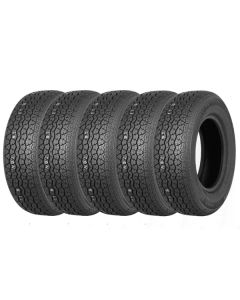Maserati Merak Tyres

1975 Maserati Merak SS on Michelin XWX Tyres
Maserati Merak 1972–1983
- The Maserati Merak 2000 from 1977 to 1979 originally fitted 185/70 VR 15 Michelin XWX front, and 205/70 VR 15 Michelin XWX rear.
- The base model Maserati Merak (1973–1975) fitted 205/70 VR 15 Michelin XWX front and rear.
- The Maserati Merak SS (1975–1983) originally fitted 195/70VR15 Michelin XWX front, and 215/70 WR 15 Michelin XWX rear.
- The 195/70VR15 Michelin XWX is no longer manufactured. We recommend fitting 205/70 VR 15 Michelin XWX on the front of a Merak SS.
- For 185/70 R15 tyres the Michelin 15E is the correct innertube.
- For 205/70 R15 tyres we offer the Michelin 15F innertube.
- The Michelin 15/17H will be the best fitting innertube for 215/70 R15 tyres.
- Our period Innertube Guides suggest which models of the Merak were tube-type, and which models had tube-type wheels. See below to find your year and model.
- For more information, see our dedicated innertube page.
- Maserati Merak tyre pressures - 32psi front and 36psi rear.

Maserati Merak
History of the Maserati Merak
Maserati Merak is a mid-engined 2+2 sports car that was manufactured by Maserati between 1972 and 1983. The Merak was quite similar to the Maserati Bora, sharing parts of its construction and body panels, however, it was powered by a 3.0 L V6 instead of the latter's 4.7 L V8. The extra passenger space was acquired by using a smaller and more compact powertrain that allowed Maserati to fit a second row of seats; only suitable for children or small adults (or big people on short journeys), making the Merak not just a cheaper alternative to the Bora but also a 2+2.
The Maserati Merak debuted more than a year after the Bora at the 1972 Paris Motor Show. The Merak and the Bora share the front half of their bodyshells up to the doors. The front ends differ primarily because the Merak has two chrome bumpers instead of the Bora's dual trapezoidal grilles.
The Merak's V6 engine was derived from Giulio Alfieri's 2.7 L Tipo C.114 engine, which was created in 1967 for use in the Citroen SM and bore out to 91.6 mm to displace 3 litres 2,965 cc. It had a 12-valve chain-driven double overhead camshaft engine with an uncommon 90° angle between the cylinder banks. A wet sump and an oil cooler were employed in the lubricating system.
Maserati Merak Tyre Fitment and Innertube Guides

1974 Michelin Maserati Fitment Guide

1977 Michelin Maserati Fitment Guide

1978 Michelin Maserati Fitment Guide





